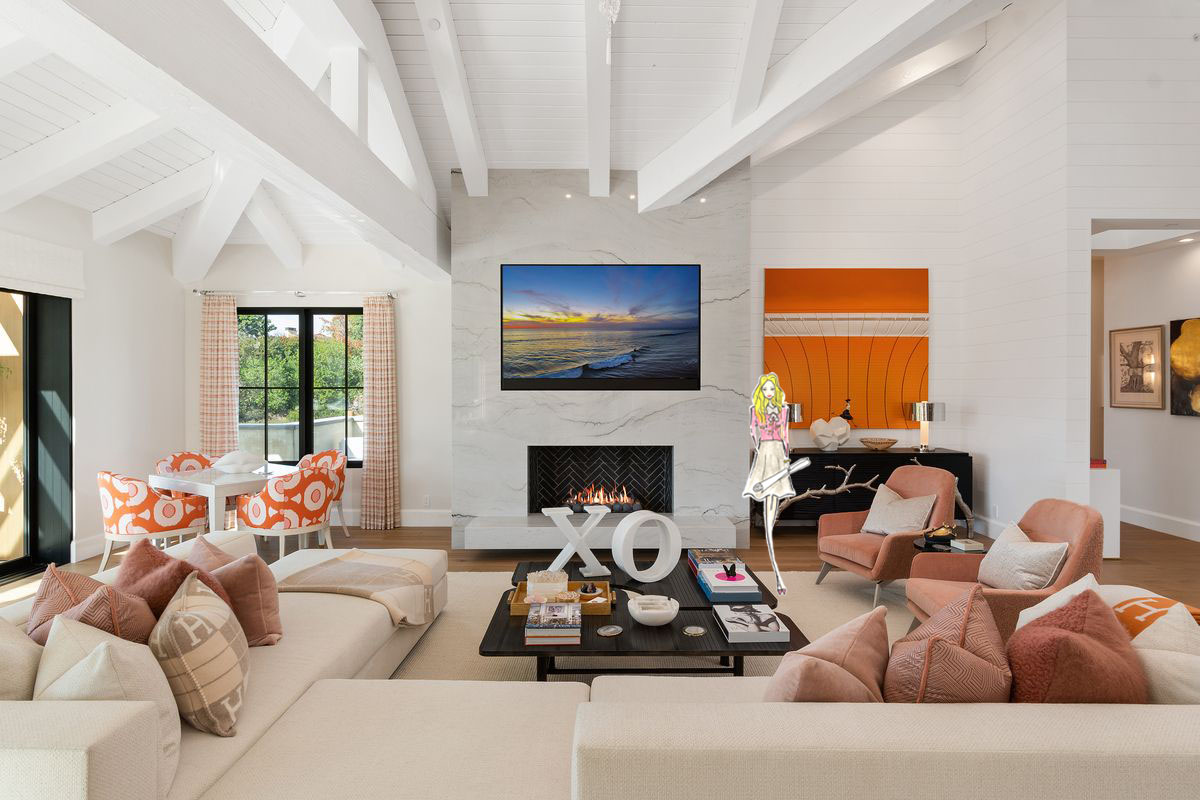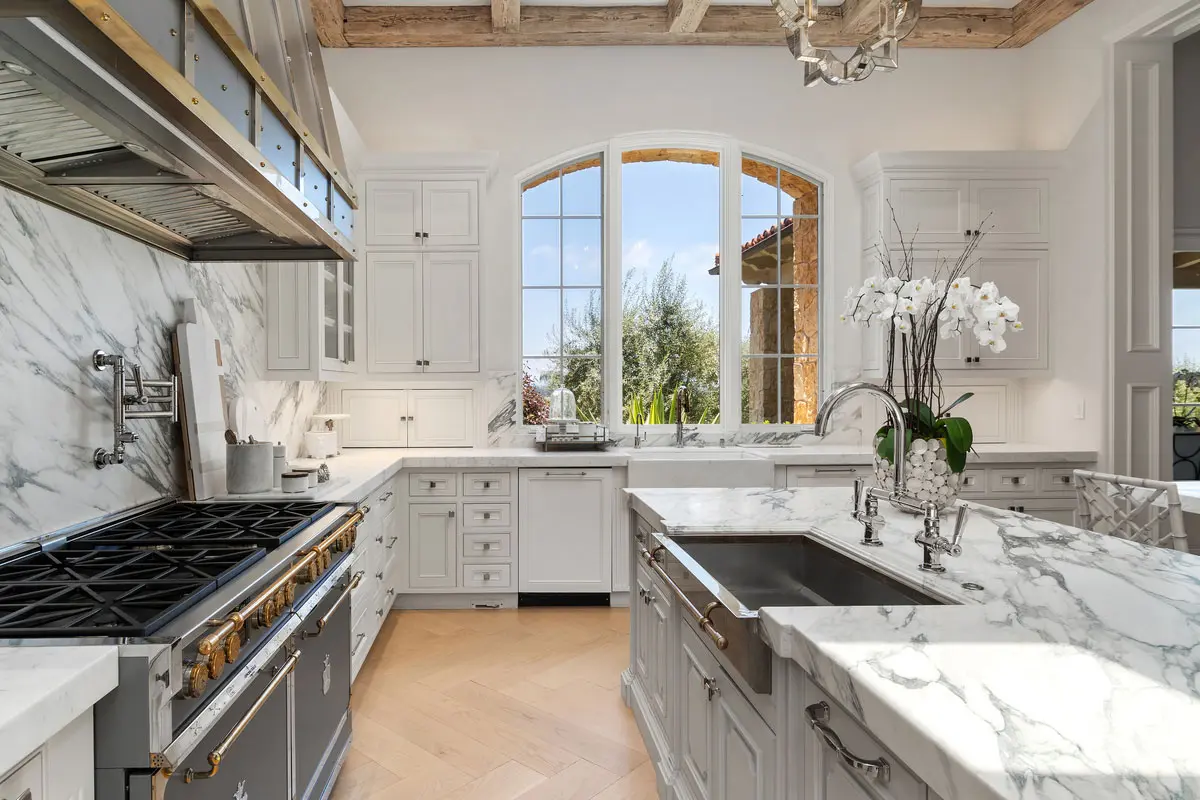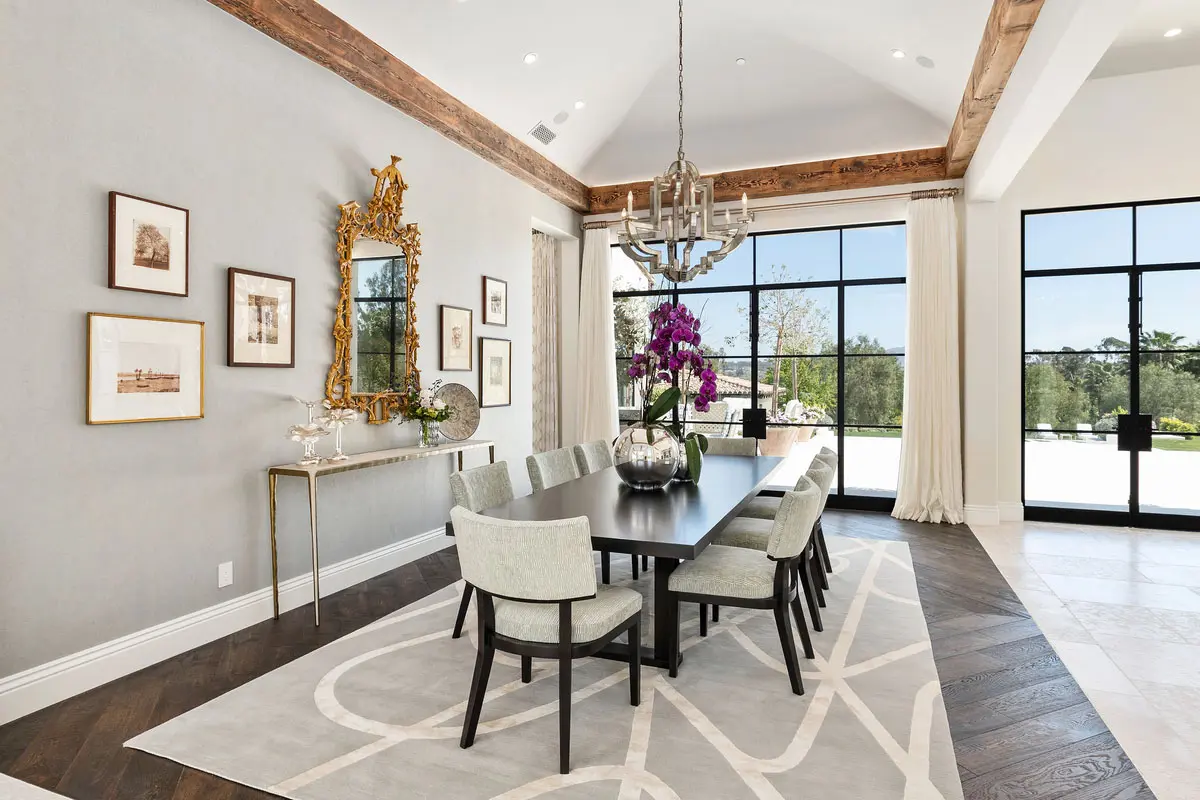Beautiful spaces don’t simply happen; they’re carefully crafted to reflect the personal style and needs of home and business owners in an aesthetically pleasing way. It might seem simple to pick out a color or a pattern and create an ideal room, but there’s actually a lot behind the science of successful interior design.
From analyzing the best use of a tight space to selecting palettes that will outlast seasonal fads for years to come, full-service interior designers need to be knowledgeable and talented to transform an environment. Here are just a few elements your chosen designer might consider when you’re looking to makeover your home or business.
1. Assessing the Space

Nothing can be done to make the living room or hotel lobby of your dreams a reality until the physical space has been evaluated. The architecture of each room, from the ceiling to the floorboards, will help determine which design elements will be visually appealing and functional. On the practical level, this can mean assessing whether or not a piece of furniture will fit inside the room, and on a decorative level, this can mean deciding how much negative and positive space is needed to balance out an area. You want your space to feel inviting without so many pieces that it becomes claustrophobic. Your designer can help you make the best use of your space in a way that matches your personality and lifestyle.
2. Choosing Your Interior Design Color Palette

Color is essential to establishing the mood and theme of a structure and its smaller sections. There’s a lot of psychology that goes into selecting a set of colors and it’s best to consult with your designer to determine the type of atmosphere you want to create. For example, if you own a restaurant, you might choose red as your primary color because it enhances the appetite and encourages customers to eat more. Conversely, more neutral tones, such as gray and tan, are recommended when designing certain spaces because they promote relaxation and tranquility. Understanding the science behind the way color affects the brain will help you achieve an interior design style that truly appeals to your senses.
3. Looking at Light in Interior Design
Space and color are often determined by light and its availability in a room. A room can be large and open, but if there is not enough light, natural or manmade, the area will feel small and cramped. The same goes for colors and light. You should always ensure that the type and level of light you desire compliments your color palette before anything else. The last thing you want is to paint an entire room beige, only to realize that it looks mustard yellow under your chosen lighting.
4. Interior Design with Furniture and Décor

Once the bones of your design have been put together, an interior decorator can begin to incorporate furniture, fixtures, and other decorative elements. Furniture acts as a divider, breaking up your space into various sections, so it’s important that all of the parts play nicely together. Generally speaking, it’s best to work from largest to smallest, so you should plan to find the major pieces of furniture, such as sofas, tables, and beds before hanging up any artwork on the walls. These will establish the foundation for accessories like throw pillows and rugs that will help complete a room and reflect your personal interior design style.
Susan Spath Interior Design
Whether you’re looking to revamp your living room or design an entire hotel, our experienced team of interior designers at Kern & Co. can help make your dreams a reality. We will create an environment that’s distinctive, memorable, and exactly your style.




